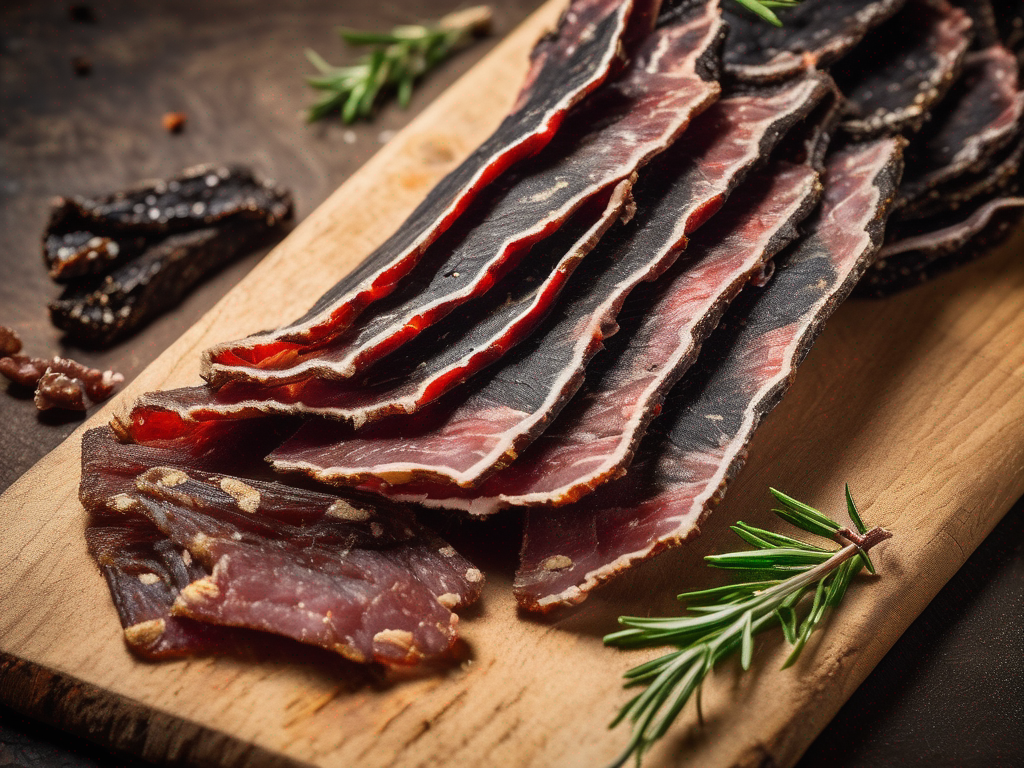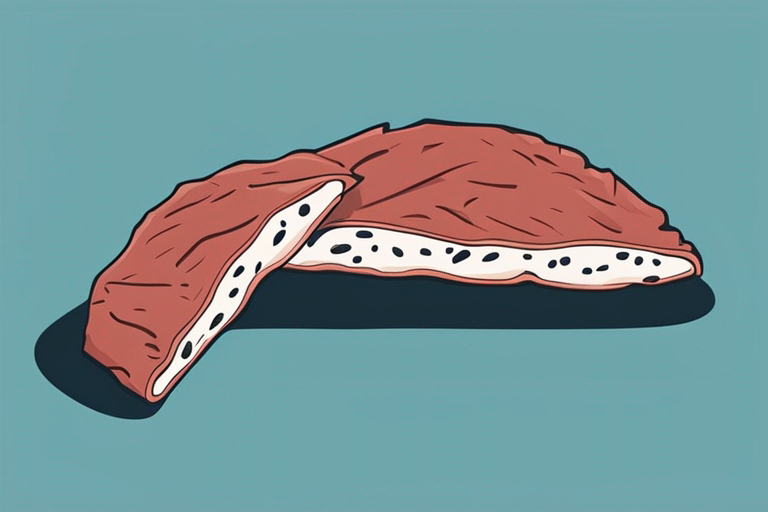
Why Does Biltong Dried Cured Meat Change Color Over Time?
Get Your Free Food Safety Cheat Sheet
30 most common foods with instant answers. Print it and stick it on your fridge—completely free!
Why Does Biltong Dried Cured Meat Change Color Over Time?
Biltong dried cured meat is a beloved snack in many cultures, known for its unique flavor and longevity. However, one common concern among consumers is the change in color that biltong may undergo over time. In this blog post, we will delve into the reasons behind this color change and provide insights on how to ensure the safety and quality of your biltong. (Biltong dried cured meat)
Understanding the Process of Biltong Dried Cured Meat
Before we explore the color changes in biltong, let's first understand how this delicious snack is made. Biltong is a form of dried and cured meat that originated in Southern African countries such as South Africa, Zimbabwe, and Namibia. The meat is typically marinated in a mixture of vinegar, salt, sugar, and spices before being air-dried.
The traditional process of making biltong involves hanging strips of raw meat to dry in a well-ventilated area for several days to weeks. This process not only enhances the flavor of the meat but also extends its shelf life, making it a convenient and tasty snack option.
Factors Influencing Color Changes in Biltong
Several factors can influence the color changes that occur in biltong over time. Understanding these factors can help you better assess the quality and safety of your biltong:
1. Oxidation
- When biltong is exposed to oxygen, it can undergo oxidation, leading to changes in color. Oxidation is a natural process that occurs when the fats in the meat react with oxygen molecules in the air.
- Over time, the oxidation process can cause biltong to darken in color, giving it a slightly brown or reddish hue.
2. Maillard Reaction
- The Maillard reaction is a chemical reaction that occurs between amino acids and reducing sugars in the meat when it is exposed to heat during the drying process.
- This reaction not only enhances the flavor of the biltong but also contributes to the development of a characteristic brown color.
3. Nitrite Content
- Some biltong recipes may include the use of nitrites, which are commonly found in curing salts. Nitrites help prevent the growth of harmful bacteria and give biltong its distinctive pink color.
- However, excessive nitrite content can lead to color changes in biltong, causing it to appear darker than usual.
Tips for Ensuring the Safety and Quality of Biltong
Now that we understand the reasons behind the color changes in biltong, let's discuss some practical tips for ensuring the safety and quality of your favorite dried cured meat snack:
1. Proper Storage
- Store biltong in a cool, dry place away from direct sunlight and moisture to prevent mold growth and spoilage.
- Use airtight containers or sealable bags to protect biltong from exposure to oxygen, which can accelerate color changes.
2. Check for Signs of Spoilage
- Inspect your biltong regularly for any signs of mold, unusual odors, or sliminess, which may indicate spoilage.
- If you notice any of these signs, discard the biltong immediately to avoid the risk of foodborne illness.
3. Consume Within a Reasonable Timeframe
- While biltong is known for its long shelf life, it is best consumed within a reasonable timeframe to ensure optimal freshness and flavor.
- Avoid storing biltong for extended periods, as prolonged storage can lead to changes in texture and taste.
Conclusion
In conclusion, the color changes that occur in biltong dried cured meat over time are a result of natural processes such as oxidation and the Maillard reaction. By understanding these factors and following proper storage practices, you can enjoy delicious and safe biltong for longer periods. Remember to inspect your biltong regularly, consume it within a reasonable timeframe, and prioritize food safety at all times. Enjoy your biltong with confidence, knowing that you are savoring a flavorful and nutritious snack! (Biltong dried cured meat)

Authoritative Food Safety References
These agencies and university labs inform every tip and health precaution we publish.
USDA FoodKeeper – Cold Storage Guidelines
Official refrigerator, freezer, and pantry timelines maintained by the U.S. Department of Agriculture.
Visit USDA FoodKeeperFDA Produce Safety Rule & Grower Guidance
Field-to-fridge handling practices that prevent contamination of fruits, vegetables, and leafy greens.
Visit FDA Produce SafetyCDC Foodborne Illness Prevention Hub
Surveillance-backed guidance on pathogens, symptoms, and steps to reduce foodborne illness risk.
Visit CDC Food SafetyUC Davis Postharvest Technology Center
University research detailing optimal storage atmospheres for produce after harvest.
Visit UC Davis PostharvestPenn State Extension – Home Food Preservation & Safety
Peer-reviewed extension bulletins on safe canning, chilling, and reheating practices.
Visit Penn State ExtensionIs it safe to eat biltong that has changed color?
How can I prevent biltong from changing color?
Can I still eat biltong if it has developed mold?
How long can biltong be stored before it goes bad?
Get Your Free Food Safety Cheat Sheet
30 most common foods with instant answers. Print it and stick it on your fridge—completely free! Want more? Upgrade to the complete guide with 70+ foods.
Scan your food directly and get instant safety info using our AI-powered camera feature.